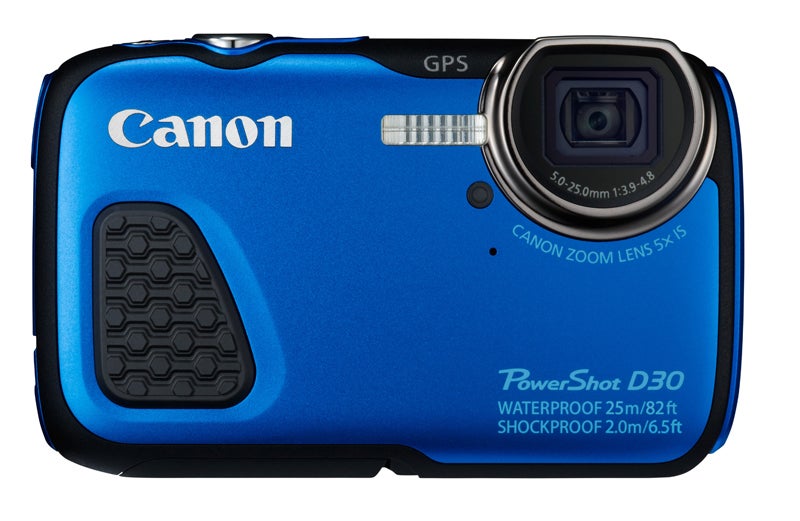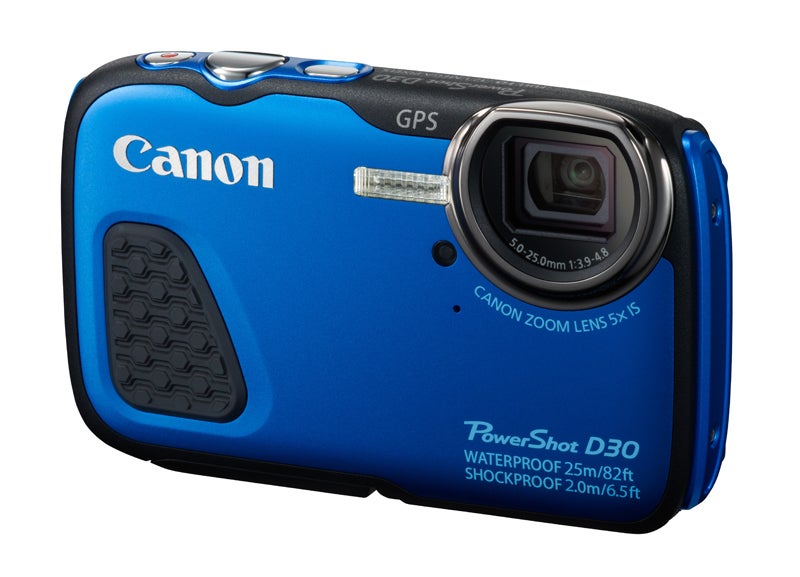Canon PowerShot D30 Review - Canon's latest waterproof compact follows on from some impressive predecessors, but can it match their performance both in and out of the water?
Canon PowerShot D30 Review
For a long time, if you wanted a waterproof camera Pentax and Olympus were the only choices, but then about three years ago the other big-name brands decided to get in on a growing market, and now all the main manufacturers have “adventure cameras” in their ranges, with some of them on their fifth or sixth generations.
It’s surprising therefore that the usually prolific Canon has only just launched its third waterproof camera, the D30.

Canon PowerShot D30 Review – Features
When considering the PowerShot D30’s features you are struck with a sense of déjà vu, and with good reason. The D30 is essentially just Canon’s 2012 PowerShot D20 in a new body.
It has exactly the same 12.1MP BSI CMOS sensor, the same 5x zoom 28-140mm lens, the same 3in, 461k monitor, and even the same DIGIC 4 processor, when most of the rest of Canon’s range has by now moved on the faster DIGIC 6 chip.
The extra features are also familiar; it has built-in GPS, full HD video recording and Canon’s excellent Intelligent IS optical image stabilisation. Since it is a two-year-old camera in a new body it does lack a few modern features, such as Wi-Fi and Smartphone connectivity.
There’s nothing particularly bad about this product recycling; the D20 was a good camera with decent image quality, a good range of features and excellent performance, but simply re-packaging it and flogging it as a new camera is disappointing, especially when it costs as much as the PowerShot D30.

Too deep?
The main difference between the D20 and the D30 is the depth at which it can be used. The D20 could be used at depths of 10m (and survive drops from 1.5m), making it a good choice for water-sports and casual snorkelling.
The D30 can survive at depths of up to 25m (and drops of 2.0m), while although good for scuba divers, the casual user will not feel its benefit.
25m (82ft) is well beyond snorkelling depth; if you’re diving to that sort of depth you’ll need to be using SCUBA gear. With basic PADI recreational diving certification you can dive to 40m using standard air tanks, and if you like to take photos at that depth you’ll probably be using one of the many neutral-buoyancy dive-rated cases that are available for a wide range of popular digital cameras, including ones made by Canon.




